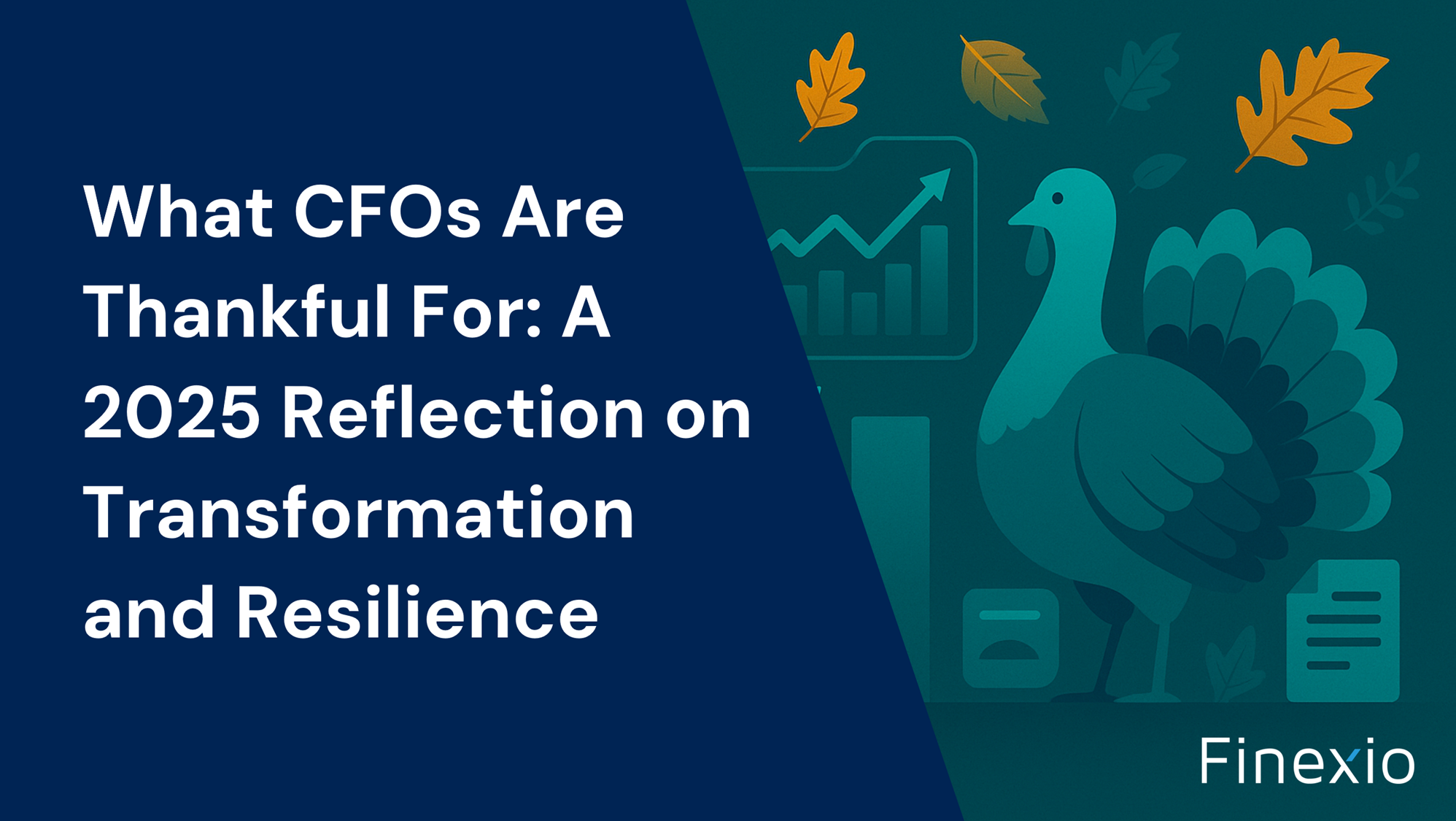Unexpected Uses for Payment Data Analytics


When we talk about payment data analytics, it’s easy to think just about tracking invoices or making reconciliations easier. Those things matter, of course—they’re a solid starting point. But when we step back, there’s a lot more we can do with that data. The real value shows up when we connect these numbers to daily operations, broader risk awareness, and even long-term business planning.
Used the right way, these insights can show patterns in how teams function, how vendors respond, and where cracks in our processes might be forming. If we listen closely enough, our payment data tells a much deeper story. It’s not just a record of what happened—it can shape what happens next.
Strengthening Vendor Negotiations with Behavior Trends
One of the simpler but more overlooked ways to use payment data is to learn how vendors behave—not just what they bill, but how they respond to payments over time.
Some vendors consistently accept early payments or offer discounts that go untouched. When we track those patterns, it gives us leverage. We’re not going into negotiations guessing—we’re walking in with real behavior to back up our case. If we show a vendor they regularly get paid within five days, even when terms are net-30, that shifts the conversation around future terms.
We can also look at which vendors respond quickly to communication, resolve issues fast, or meet delivery timelines more reliably. Building a score around responsiveness or reliability can help shape which suppliers we lean on more and which ones might need to be phased out. It’s not about preference—it’s about performance.
Leading payment platforms can analyze vendor acceptance of early payment discounts and quickly highlight which suppliers are open to better terms based on tracked payment behavior.
Uncovering Hidden Operational Delays
On the internal side, payment data doesn’t just show when a transaction was completed. It can reveal why some processes drag when they shouldn’t.
By tracking how long approvals take by person, team, or department, we can spot bottlenecks that usually stay hidden. Maybe it’s a single approver who routinely holds things up. Maybe a certain category of spend stalls longer than most or triggers more exceptions. These aren’t things we usually see unless we’re looking.
We can follow the trail backward—seeing which payment delays matched up with delivery slowdowns or missed project dates. That helps align procurement with project managers so they’re not working off separate timelines. Connecting these dots makes the business feel more in sync, and it starts with quiet signals that live in our AP data.
Payment analytics solutions with custom dashboards make it easier to visualize approval cycle times and workflow exceptions, pointing to specific teams or steps needing review.
Spotting Fraud Risks Before They Scale
No matter how strong our controls are, fraud risk is always there. That’s where subtle clues in payment data can make a real difference.
If a payment that used to happen monthly suddenly starts showing up weekly, that’s worth reviewing. If routing details on familiar vendors shift without explanation, that should raise a flag. These aren’t just one-off glitches—they could be signs of internal policy overrides or outside interference.
With the right alerts in place, we can ask better questions not just after something’s gone wrong, but before damage spreads. Anomalies in payment formatting, payment timing, or approval chains create patterns we can train systems to watch for. This isn’t about creating noise—it’s about building a warning system that gets smarter the longer we use it.
AI-powered payment data analytics software helps by flagging inconsistent routing or unexpected vendor patterns, automatically notifying AP teams to investigate.
Improving Budget Accuracy by Tightening Forecast Inputs
Many companies use rough estimates or static data to build budgets, but the speed and rhythm of AP activity can tell us much more. Timing, frequency, and category-specific trends all help shape better forecasts.
When we can plug real payment cycles into planning tools, cash flow models become more responsive. Seasonal spikes in one vendor category, or a new pattern in recurring spend, can inform tighter budget lines with fewer surprises.
This is even more useful in businesses with acquisitions or multiple entities. If a team can model how invoice volumes shift after a merger, or how one department’s spending affects group-wide cash needs, forecasts start to reflect actual behavior—not just historical guesses. Payment data analytics supports that shift.
Some advanced analytics platforms generate automated reports across locations or subsidiaries, helping finance teams merge invoice histories for more accurate, consolidated forecasting.
Using Embedded Payments to Capture Real-Time Insights
When payment actions are fully embedded into the workflow—inside ERP tools or procurement systems—the data we collect is richer by default.
Every time a payment syncs with invoice approval or a budget owner signs off without switching tools, it leaves behind a clearer footprint. We get real-time visibility, cleaner records, and faster insights. That enables us to course-correct during campaigns or tight project windows, instead of waiting until after funds are spent.
Embedded payments can also help us learn more about vendor preferences. Over time, we see which vendors choose ACH, cards, or other methods—and we can shift how we manage payments based on usage trends. That allows us to streamline roles, avoid delays, and balance cash use depending on who we’re paying and how they work.
Integrated payment data analytics lets companies monitor usage of different payment methods in real time, enabling finance teams to optimize both spending and vendor satisfaction as trends emerge.
Turning Data into Leverage
The best thing about payment data analytics is that it gives us options. Not every finance team is trying to overhaul vendor terms or audit every workflow, but we could all use better signals when something feels off—or when a big opportunity is right in front of us.
These use cases make payment data feel less like a record book and more like a planning tool. Whether it’s upping our negotiation game, spotting slowdowns before they snowball, or keeping budgets grounded in reality, we get to shift our view from reactive to proactive.
It’s not always obvious at first, but once we start looking beneath the surface, we see just how much this data can help us lead, not lag. And when decisions come faster, cleaner, and with more confidence, we’re not just running reports—we’re running the business better.
If we want to get more value from the actions we’re already taking, using tools that bring deeper clarity to our processes makes a difference. At Finexio, we help businesses unlock practical advantages through smarter use of payment data analytics, giving finance teams the insight to move faster, spot patterns earlier, and manage growth with more control.
Get the free Newsletter
Get the latest information on all things related to B2B and electronic payments delivered straight to your inbox.




